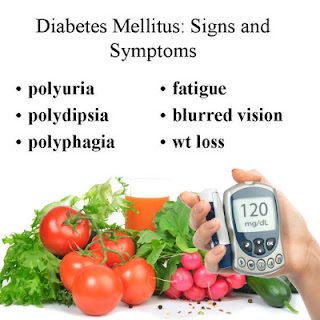By: Avinesh Prahladi
Diabetes is a very common disease. Amongst the nations of the world, India appears to have one of the highest prevalence of diabetes and more are being diagnosed every day. Diabetes, as you may be aware, is a metabolic disorder, which inhibits the body’s ability to efficiently utilize carbohydrates. In a non-diabetic, glucose the end product of carbohydrates is consumed immediately by body for energy and the excess is stored in the liver as glycogen for subsequent consumption. When the body is unable to metabolite glucose effectively, the blood stream becomes overloaded with sugar. The kidneys, our body’s filters are unable to process this excess sugar and in most cases, glucose is excreted in urine.
It is of two types:
Type 1 diabetes mellitus / insulin dependent diabetes. Mellitus which accounts for 5% to 10% of diabetes cases. The production of insulin is low to absent, thus lead to high blood glucose levels. There is underlying genetic predisposition and commonly seen in children. Some environmental insults in the form of viral infections, dietary factors, and vaccinations act to aggravate the disease in such persons. All these insults lead to initiation of an autoimmune response against cells of pancreatic islets, the source of insulin production and their resultant destruction. When the destruction of cells of pancreatic islets is about 80-90%, the blood sugar starts rising and clinical features appear.
Type 2 diabetes, which accounts for 90% to 95% of cases. This form of diabetes is seen in adults and is less common in children. Here the insulin levels are normal to increases. There is no B cell destruction, rather, there is insulin resistance so that the insulin is not able to act and symptoms of diabetes mellitus increase progressively. The high blood glucose is lost in urine leading to associated loss of water. This leads to increased passage of urine (polyuria) along with increased thirst (polydipsia). As glucose and thus, calories are lost in urine, person feels hungrier (polyphagia). Thus, the classical presentation is in the form of polydipsia, polyuria and polyphagia.
Management
- The goal of management is to keep the blood glucose levels as close to normal as possible while keeping the risks of low blood sugar as low as possible.
- People with diabetes must actively manage their serum lipid levels and keep hypertension under optimal control in order to prevent the progression of macro as well as micro-vascular complications.
- Modify nutrient intake and life style for the prevention of obesity, dyslipidemia, cardiovascular disease, hypertension and nephropathy.
- Improve health through healthy food choices and diabetic supplements to ensure sufficient amount of macro as well as micro-nutrients in the diet.
- Regular exercise regime improve glucose control and decreases insulin requirement. As diabetes is a disease which will continue throughout the life of an individual, so lifelong follow up is mandatory. Compliance to the insulin therapy, regular blood glucose monitoring, modifying the food and lifestyle will prevent most of the complications of the disease.


No comments:
Post a Comment